With airline consolidating operations and looking to a new, leaner future following the Covid-19 pandemic, the giant Airbus A380 has witnessed a decline in its fortunes. Diogo Montteiro looks at the end of the line for the A380.
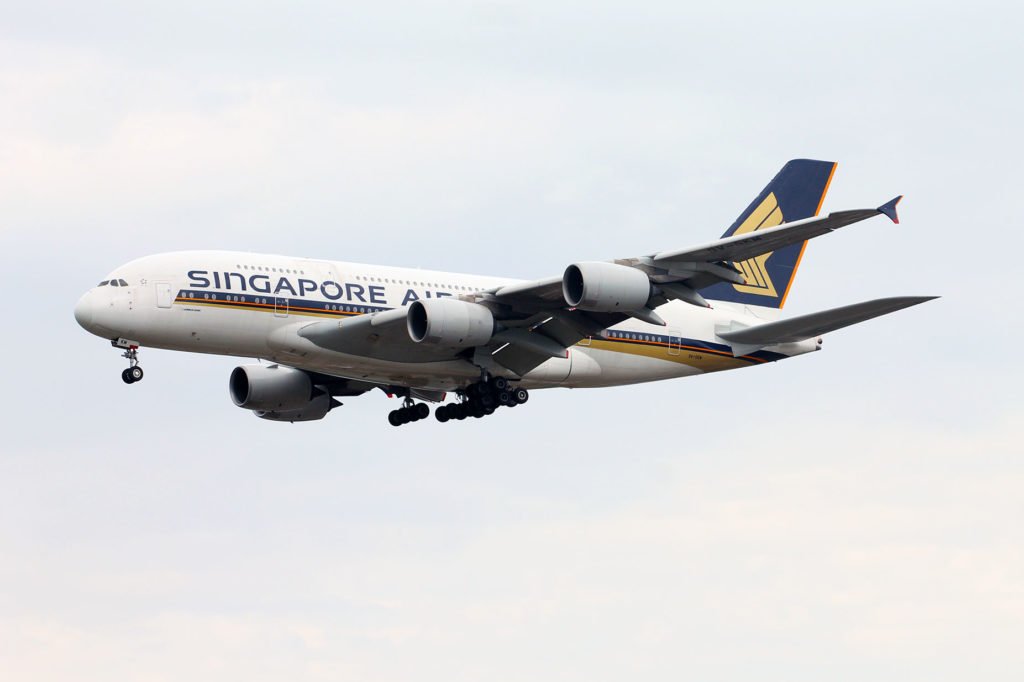
The launcher customer of this monster was Singapore Airlines, having flown its first commercial flight in October 2007 between Singapore & Sydney as “SQ380″.
Since the A380’s launch in 2005, only 251 firm orders have been made by 14 airlines, a number short from the 1200 units Airbus claimed to be necessary for this type of market.
After Qantas canceled a request for 8 more A380 units in 2019 and Emirates converted their options for more A380s into smaller airplanes, Airbus took the inevitable decision to close the production line of the King of the Skies.
Not even the purchase of 3 A380’s by Japanese carrier, ANA-All Nippon Airways, could halt the end of the production of the A380.
But why did the Airbus A380 fail? Was it a major commercial failure? The answer in 7 reasons why the A380 was a commercial failure:
1) Competition With Boeing
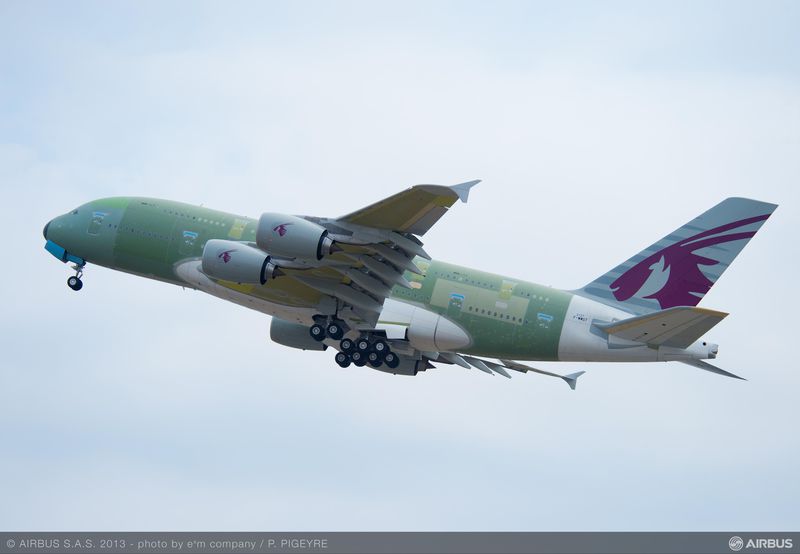
Originally, the A380 was conceived to compete with the legendary Boeing 747. The problem is, the Boeing 747 had been created decades ago, when aviation was still controlled by the legends of the industry (such as Pan Am, BOAC, TWA, Lufthansa, Swissair etc.).
This in some way helped to introduce the 747 well within the airlines, which were still competing among themselves for the most glamorous service. It is not necessary to mention that it was thanks to 747 that aviation suffered its first passenger boom. The plane was a revolution, both technological and social at the time.
The A380 arrived in a period where aviation was already more liberal, and where the issues such as traveling in great luxury were somewhat left to a side. In this matter, Airbus lacked the critical sense of looking to the future and actually see whether the airplane would be efficient in the future with all the technological revolution happening. At the end of the line, Airbus wanted to have the biggest passenger plane, whatever it cost.
2) Number of Orders Fewer Than Expected
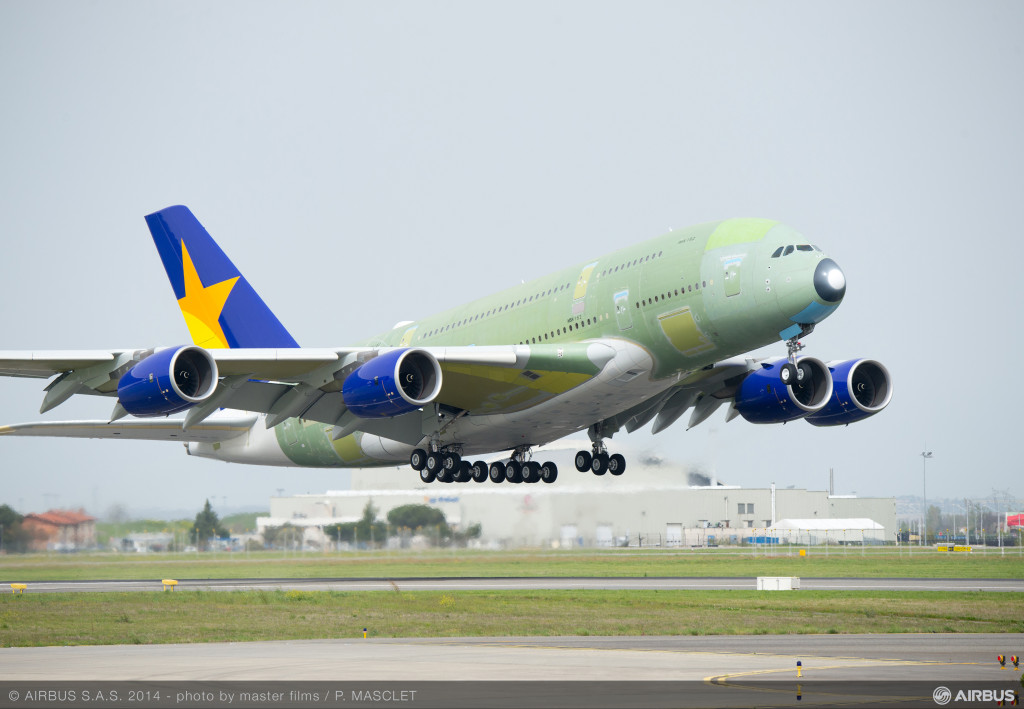
Skymark Airlines never received their ordered A380s after going bankrupt.
After the numerous delays the A380 programme has been subjected to, the A380 has finally flew, precisely at the time of the world financial crash of 2008. The most profitable airline routes in Europe, Asia and also the US failed to withstand the demand needed by this aircraft as expected. This was made worse as the operation and maintenance costs of the aircraft were much higher than initially expected.
Therefore the number of orders witnessed by the A380 were much fewer than anticipated during the previous boom years.
3) Developmental Delays
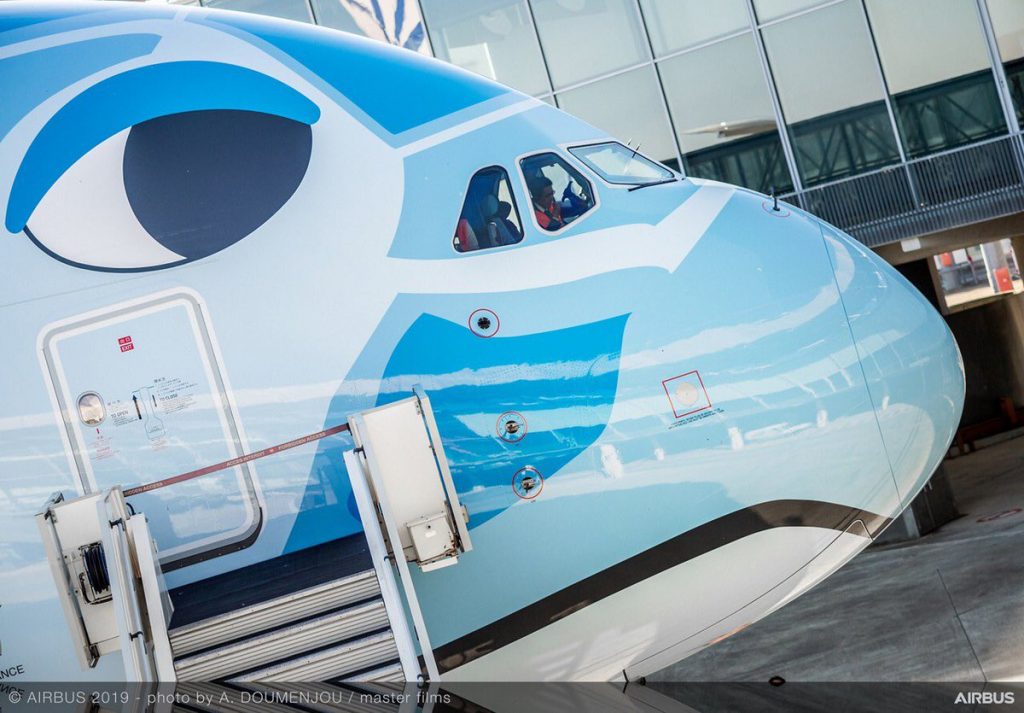
As mentioned in topic 1 above, Airbus initially projected the A380 in order to dethrone 747 in the 90’s (A3XX was the initial name gave by Airbus to the A380). The line of philosophy of Airbus was a major growth in aviation (a fact that eventually happened, but not in the expected way).
The solution would then be, the introduction of a plane with a large capacity that would allow to increase the occupancy capacity without increasing the frequencies on the busiest routes globally.
4) High Operating Costs
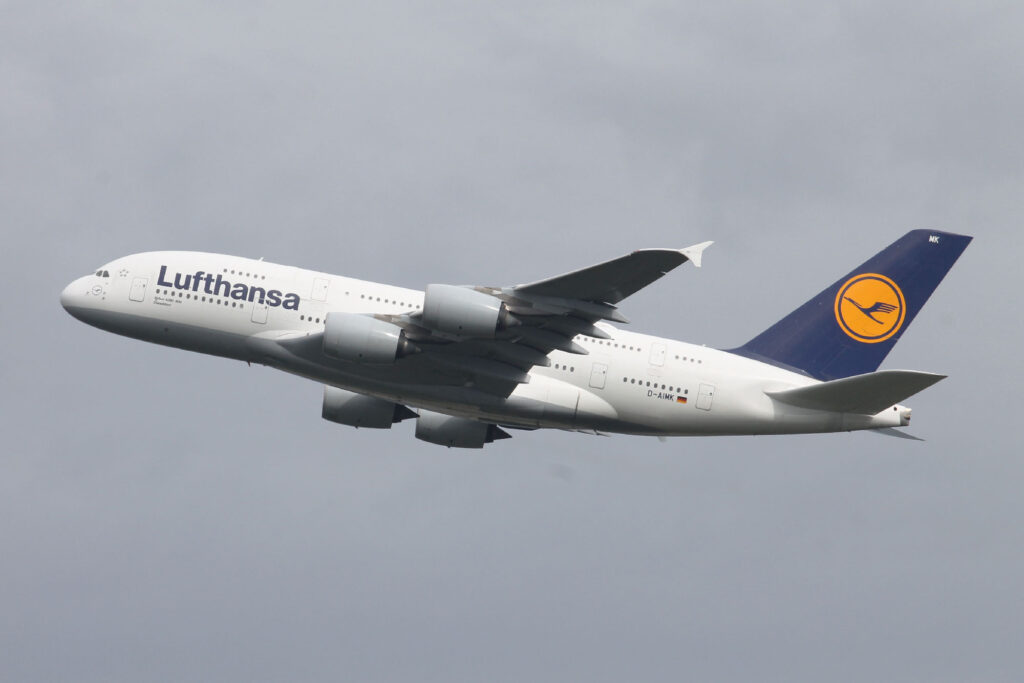
Is it possible to buy an A380? Yes, it is! From 445 million US Dollars at table price its possible to buy an A380. This value makes the A380, as the most expensive airplane among all the others in production nowadays. This not counting expenses in maintenance, checks, airport taxes, etc… Operating a fleet of Airbus A380s is, therefore, not cheap for airlines despite many of its new technologies and efficiencies over older generation types.
5) Aircraft with Two (and) More Efficient Engines
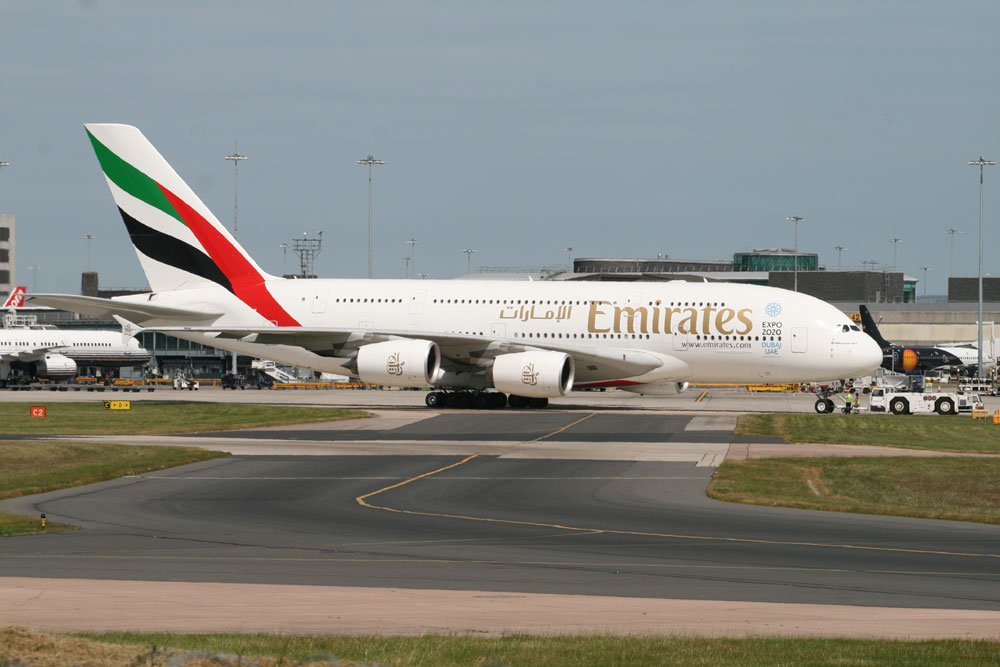
Airlines have replaced the A380 with smaller size passenger aircraft that still offer a similar range. The Boeing 777, Boeing 787 and the Airbus A350 are currently the aircraft of choice at the time of replacement. This was the case of Virgin Atlantic who cancelled its request for A380 and recieved 7 Airbus A350-1000 instead.
Operating aircraft with four engines these days is no longer necessary, but adds significantly to the costs of operating and maintenance.
6) Airports Infrastructure Problems
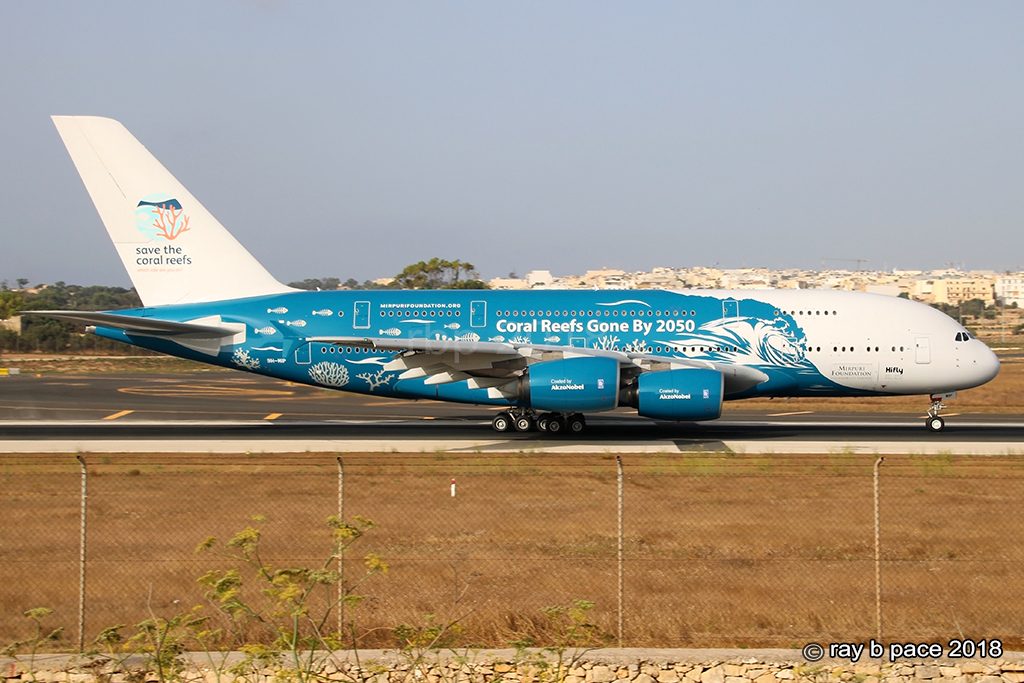
When the A380 was conceived, many international airports were unable to receive it due to its size. A worldwide logistics operation was put into practice for the world’s leading hubs to host the King of the Skies.
The arrival of the A380 at airports altered their routine and also their layout. Due to its size, the A380 belongs to a superior class of aircraft, which translates into greater separation between planes and waiting times. This means longer takeoff and landing periods, due precisely to this separation.
The pressure under the A380 is so big that only with 11 years of operation (counting from the date of the first flight), there is already an A380 dismantled. Another model had a little bit more luck, since it was purchased on a leasing basis by Hi Fly Malta: 9H-MIP, (the famous A380 with the Save the Coral Reefs Livery), after also a time in storage. Sadly, Hi Fly Malta also phased out his A380 in late 2020, after 3 years of operations.
Therefore the need to recycle A380’s is already real, with so little time of operation.
7) SARS-CoV-2
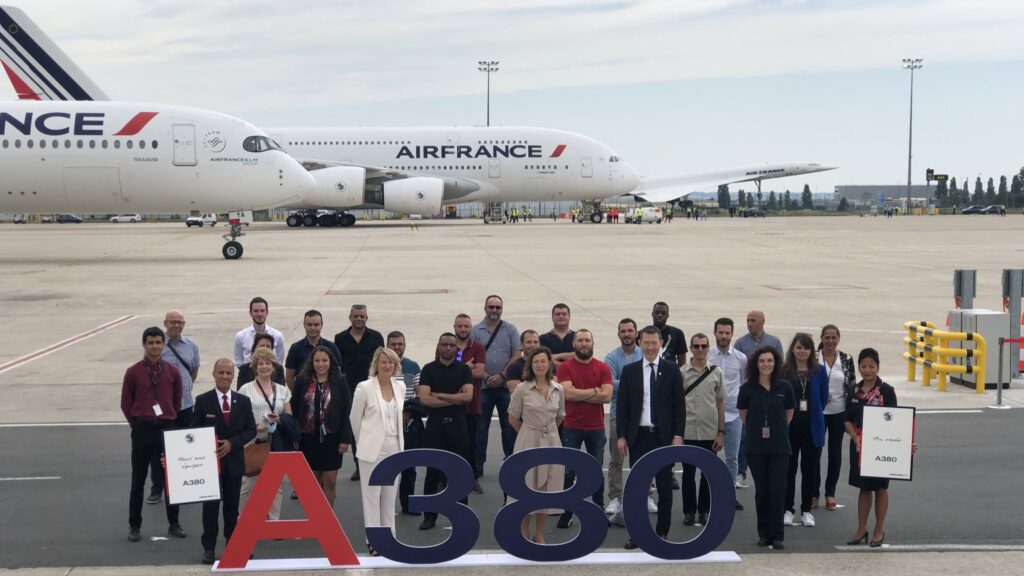
At the end of 2019, there was the first news that a mysterious new virus had been discovered in Wuhan, China. Mankind never thought it would be forced to stop to protect itself from an invisible enemy that infected and killed at a rapid rate.
As a direct consequence of this, the aeronautics industry was forced to brake hard, with 95% drop in passenger numbers compared to 2019 numbers in April 2020. Quarantines and restrictions forced airlines to stop flying, to store airplanes and losing billions of US$. The fall was very steep and most airlines have cut and restructured very badly to ensure the airlines
financial survival.
The phase-out of older and less efficient aircraft began: At the first sight was the A380. The first victim of COVID-19, a disease caused by the new coronavirus SARS-CoV-2.
Airlines such as Air France, Lufthansa and Qantas either stopped operating with the giant or simply stored the planes indefinitely.
When the chaos caused by the virus is over, recovery will be slow and resilient, changing the air transport paradigm and the need to operate such a large aircraft for an unnecessary small market. It will be a return to zero. Without the A380. If the A380 was already at risk, with the big industry change that was being made in the pre-COVID time, the COVID-19 was just the fatal stab for the A380.
The end of the production of the A380 is also so far, the end of the airplanes equipped with 4 engines. Legends such as the A340, Boeing 747 and now the A380, are technology of the past, as the ETOPS systems over the years have been widened, and also much due to the introduction of aircraft equipped only with two engines, even more efficient, as is the case of the A330, A350, Boeing 777X and Boeing 787 Dreamliner.
The last Airbus A380 to be built will be delivered to Emirates imminently. It has MSN272 and has the provisional registration of F-WWSH but in the future it will use the registration A6-EVS. The end of the program is almost complete.
In conclusion, the A380 was not at all a failure. This plane was proof of the greatness of the human being in building and inventing airplanes at never-before-seen levels. It’s a beauty in aeronautical and engineering terms.
The industry has learned a lot from this plane. New technologies have been introduced that facilitated both the work of the ATC and the pilot that were introduced in other planes.




